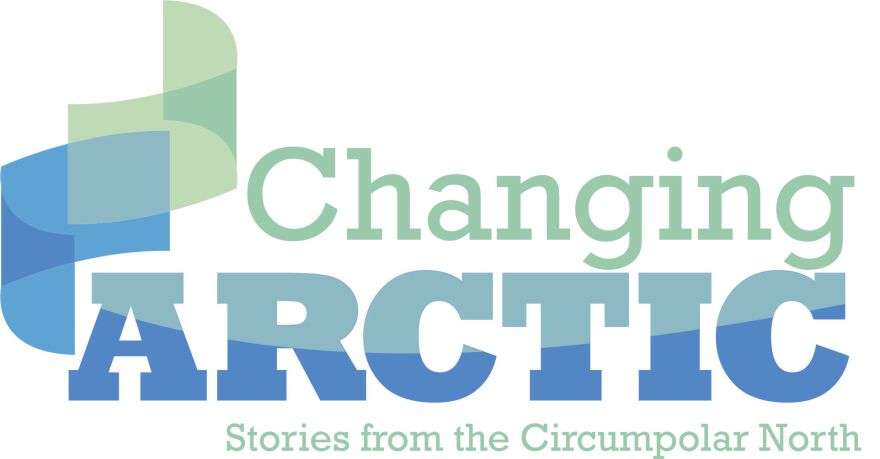A possible connection between climate change and noctilucent clouds …
Early August is prime time here in the far north for viewing those luminous high-altitude wisps known as noctilucent clouds that show up soon after sunset. But over the past couple of decades, the clouds have been showing up earlier and in areas farther south.
“There was a trend of increasing clouds, definitely, in the 1990s and early 2000s,” says University of Alaska Fairbanks atmospheric science professor Richard Collins. But he says that trend has leveled off over the past few years. And he and other researchers are studying possible causes for that.

“It may increase again, or it may reflect that our models of the clouds is incomplete,” Collins said. “Or we may have reached some threshold in the meteorology, that some other effect that we haven’t accounted for in our models is now in play.”
Research proves that “swarms” of ice crystals that make up noctilucent clouds have become more frequent and brighter in recent decades. Scientists say that’s because there’s now more moisture in upper atmosphere, or mesosphere, 50 miles up, where noctilucent clouds exist. They say it’s also because the mesosphere has gotten colder.

Collins says that’s caused by rising levels of atmospheric carbon dioxide – the main cause of climate change
“We know we’ve been injecting carbon dioxide into the atmosphere in increasing amounts since the Industrial Revolution,” he said. “We know that carbon dioxide should have a heating effect in the lower atmosphere, but curiously, it has a cooling effect in the upper atmosphere.”
Collins says that suggests that elevated levels of atmospheric carbon don’t necessarily create noctilucent clouds; but rather the clouds form under the conditions created by high greenhouse-gas levels in the upper atmosphere.
“So the clouds have become not a direct measure of climate change, but a symptom of climate change, for testing how our models play out over tens of years.”
Collins says the university’s Geophysical Institute will try to create artificial noctilucent clouds to study, using a rocket it plans to launch in January 2018 that will release water in the mesosphere.



